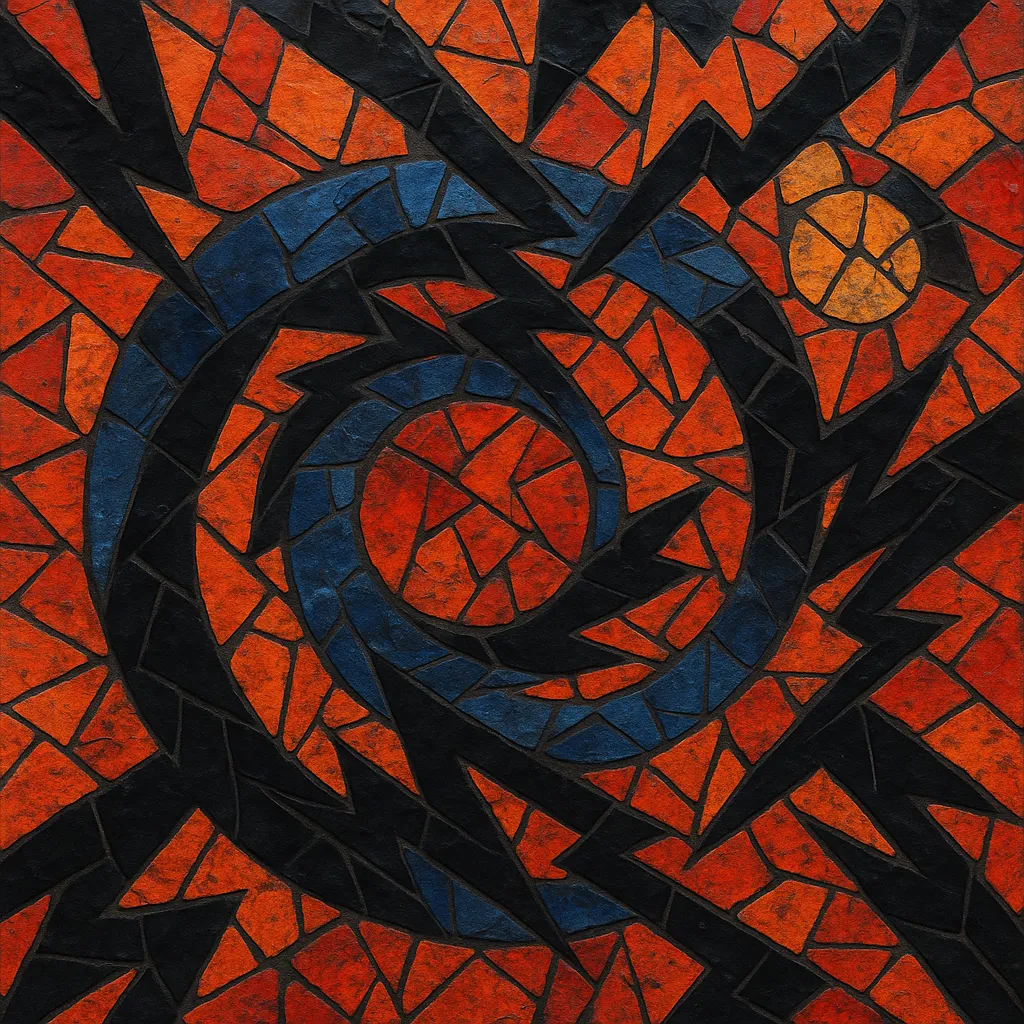Hard NRG is a high-energy offshoot of the UK hard dance spectrum that fuses the drive of hard house with the trance-tinged euphoria and machine-tooled precision of late-1990s techno.
It typically runs at 140–155 BPM, is built around a thick, punchy kick, offbeat or reverse-bass patterns, biting synth stabs, hoover leads, and acid lines, and is arranged in long, DJ-friendly phrases for relentless club momentum.
While it shares the word “NRG” with 1980s Hi-NRG, Hard NRG is a distinct, harder and darker club form tied to the UK’s after-hours culture, warehouse parties, and specialized labels. The result is a sound that is aggressive yet euphoric—optimized for peak-time dancefloors and long-form, high-intensity DJ sets.
Hard NRG emerged in the UK in the second half of the 1990s as club culture accelerated after the early rave era. Producers and DJs connected the toughness of hard house with the urgency of techno and the euphoric breakdowns of trance. Trade (London) and similar after-hours institutions provided the perfect environment for a harder, faster, and more relentless sound to evolve.
Specialist labels such as Tidy Trax, Nukleuz, Vicious Circle, Tripoli Trax, and later Masif (Australia) became hubs for the style. The sound prioritized reverse-bass drive, razor-edged stabs, hoover and supersaw motifs, and 303-style acid embellishments. Arrangements emphasized long 16/32-bar phrases, extended breakdowns, and explosive drops designed for seamless, high-intensity mixing.
Key figures—including Tony De Vit, BK, Lab 4, Nick Sentience, Lisa Lashes, Lisa Pin-Up, Andy Farley, Phil Reynolds, Organ Donors, and Steve Hill—pushed the sound across UK and Australian circuits. By the early 2000s, Hard NRG sets were fixtures at hard dance events, with Australian scenes (e.g., Sydney) developing especially strong followings and releasing on Masif and related imprints.
Hard NRG’s reverse-bass power, trance-influenced breakdowns, and streamlined, DJ-forward structure fed into early hardstyle aesthetics and informed freeform/hard trance crossovers. Even as scenes diversified, the genre’s DNA—relentless propulsion and euphoric tension—remains audible across modern hard dance and raw, peak-time festival styles.


